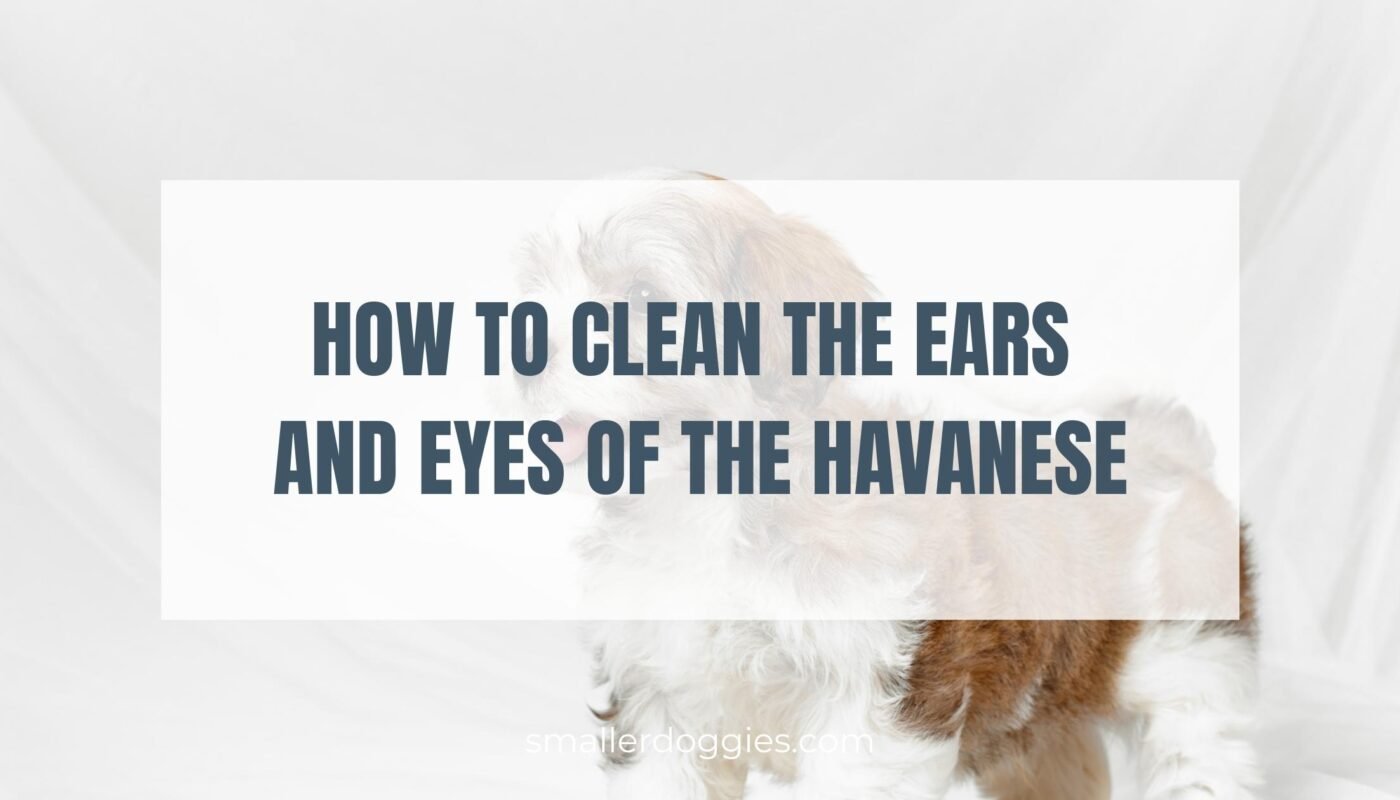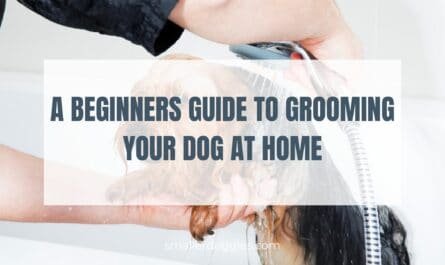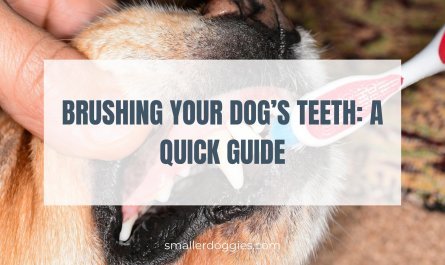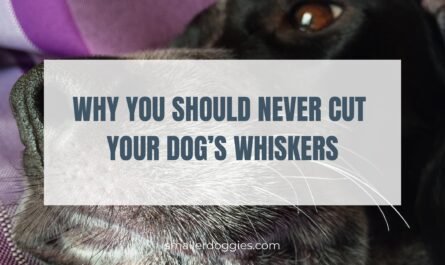Post Disclaimer
This post may contain affiliate links. If you use these links to buy something we earn a commission at no extra cost to you. Smaller Doggies is supported by its audience, Thank you!
The Havanese is a small, affectionate and playful dog that is known for its gentle temperament and loving nature. However these dogs are prone to ear and eye infections, so it’s essential to clean their ears and eyes regularly. If you do not regularly clean your dog’s eyes and ears, they may develop serious health problems.
This blog post will explain common problems the Havenese are prone to in their ears and eyes and how to how to clean the ears and Eyes of the Havanese. Let’s get started!
Table of Contents
Common problems with ears in a Havanese dog are:
- Wax Build-up – Wax build-up can cause your dog’s ears to itch and become irritated.
- Allergies – Allergies can cause inflammation and infection.
- Infections – Infections can be painful and may lead to deafness if left untreated.
The most common problems with Havanese eyes are:
- Distichiasis – is extra eyelashes that grow in the glands along the eyelid. These can irritate the eye and cause tearing.
- Conjunctivitis – Conjunctivitis, or pink eye, is a common problem in Havanese dogs. It is caused by bacteria or viruses and can be very contagious.
- Corneal ulcers – Corneal ulcers are open sores on the eye’s surface. They can be caused by injury, infection, or allergy.
- Dry eye – Dry eye is when the eyes do not produce enough tears. This can cause irritation and pain.
While most of the problems mentioned above will require medical attention, you can help prevent wax build-up and bacterial infections by checking and cleaning often.
Here are a few steps to clean your Havanese ears and eyes.
To clean your Havanese dog’s ears:
Fill a small bowl or container with warm water and add a few drops of dog ear cleaner.
Dip a cotton ball into the ear solution and gently wipe the inside of your dog’s ear flap.
Repeat this process until the cotton ball comes away clean.
Use a dry cotton ball to remove any excess moisture. Don’t leave any part wet; you need to ensure all ear parts are adequately dried.
To clean your Havanese dog’s eyes:
Fill a small container/bowl halfway with warm water and add a couple of drops of dog eye cleaner.
Dip a cotton ball in the cleaning solution and softly clean your dog’s eyelid using this method.
Continue until the cotton ball is clean by repeating these steps.
Do not use Q-tips, which may push the debris further into your dog’s ear canal.
FAQ
Why does my Havanese have tear stains?
There are many reasons why Havanese may have tear stains around their eyes. Tear staining is typically caused by three main factors: environment, diet, and genetics.
How do I groom my Havanese eyes?
Gently apply an eye solution to a cotton ball and wipe away any dirt or discharge from the corners of your dog’s eyes. Be sure to avoid getting the solution in your dog’s eyes.
Can you use vinegar in dog’s ears?
There is no one-size-fits-all answer to this question, as the use of vinegar in a dog’s ears will vary depending on the individual dog’s needs. However, some pet experts believe that using moderate amounts of vinegar can help to cleanse a dog’s ear and promote healthy ear function. If you are considering using vinegar in your dog’s ears, it is crucial to speak with your local veterinarian first to check that it is the right decision for your pet.
So, there you have it! A few steps to cleaning your Havanese’s ears and eyes. It’s not as difficult as it may seem – be sure to take your time, be gentle, and use the proper supplies. And if you have any questions or concerns, don’t hesitate to contact your veterinarian. We hope you found this information helpful and that it will help keep your Havanese looking and feeling their best!
**Be sure to book an appointment with your veterinarian; if you think your dog has an ear infection or conjunctivitis. If you have any other issues or concerns about the status of your dog’s ears or cleaning your Havanese dog’s ears or eyes, please consult with your veterinarian.





